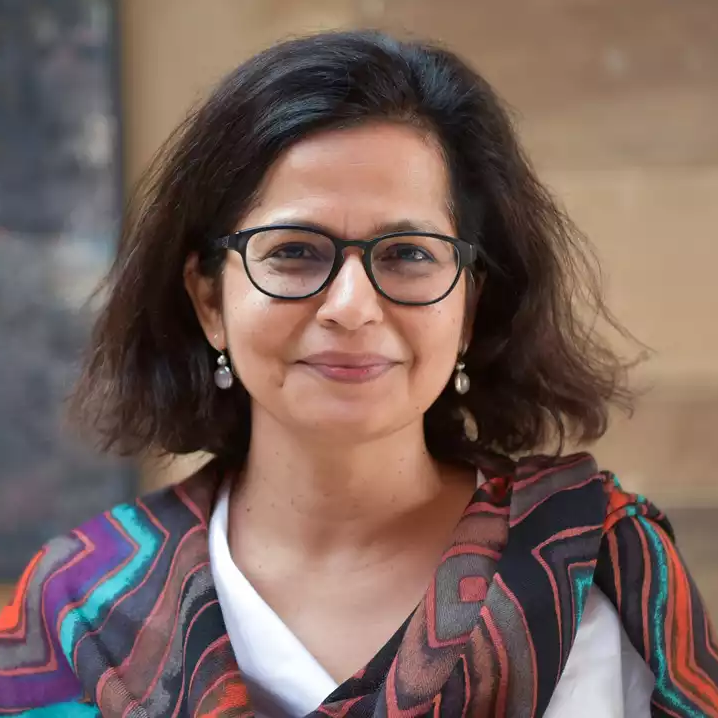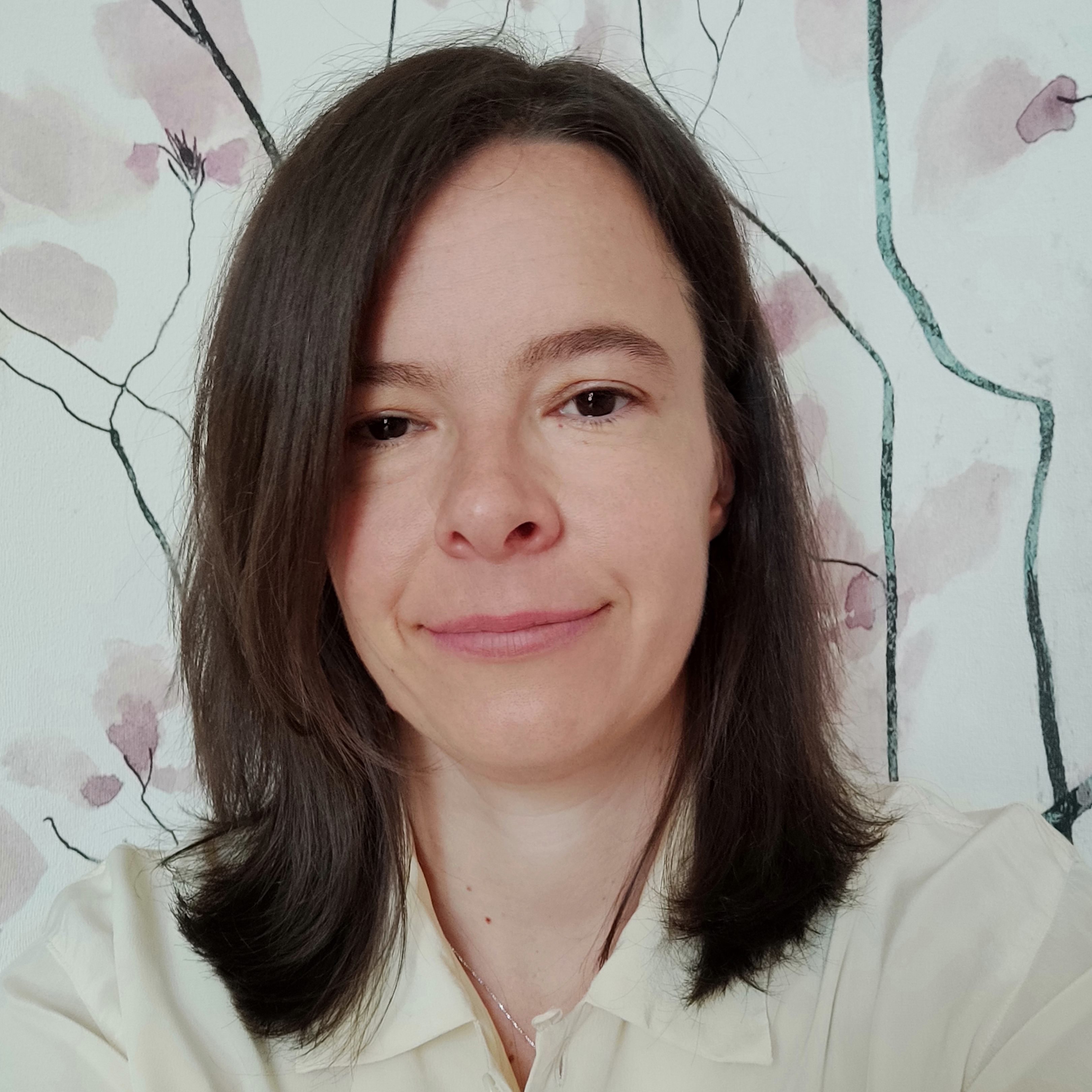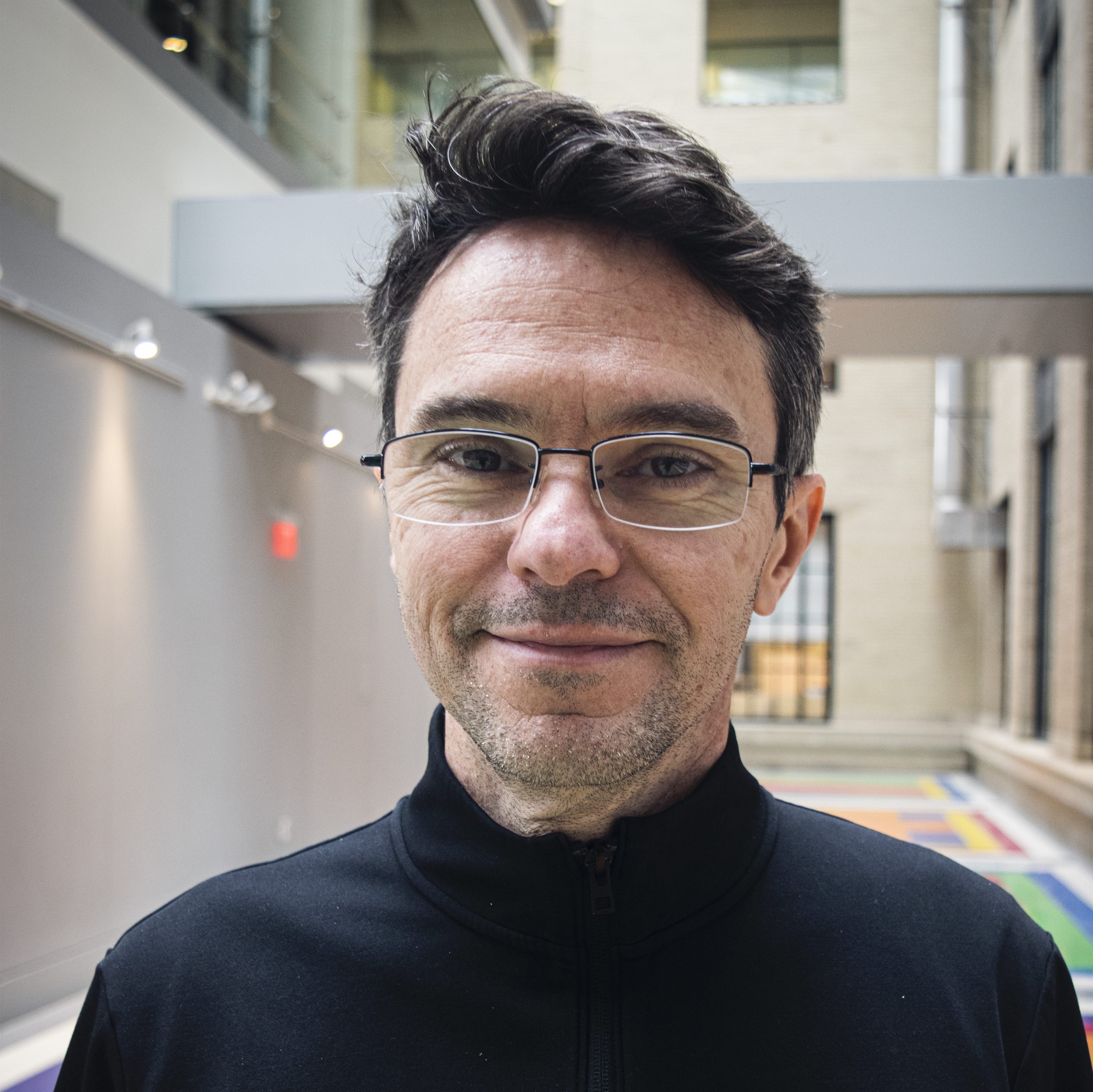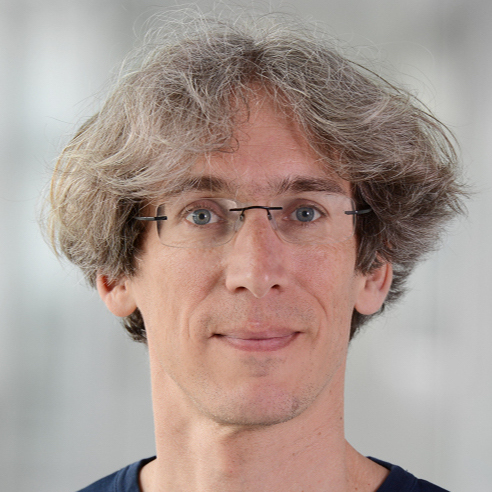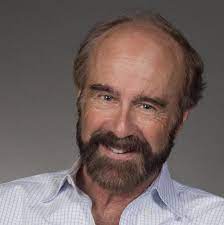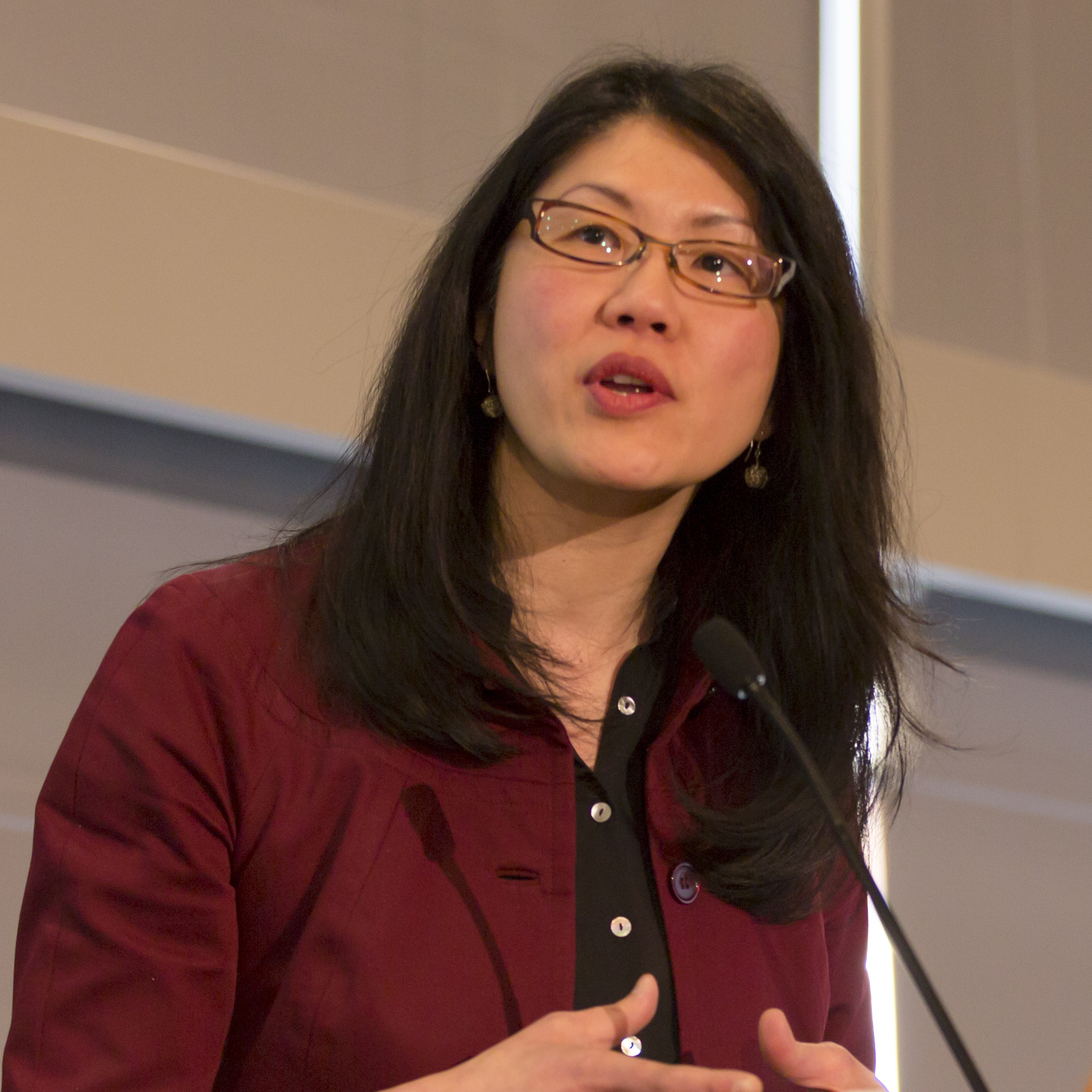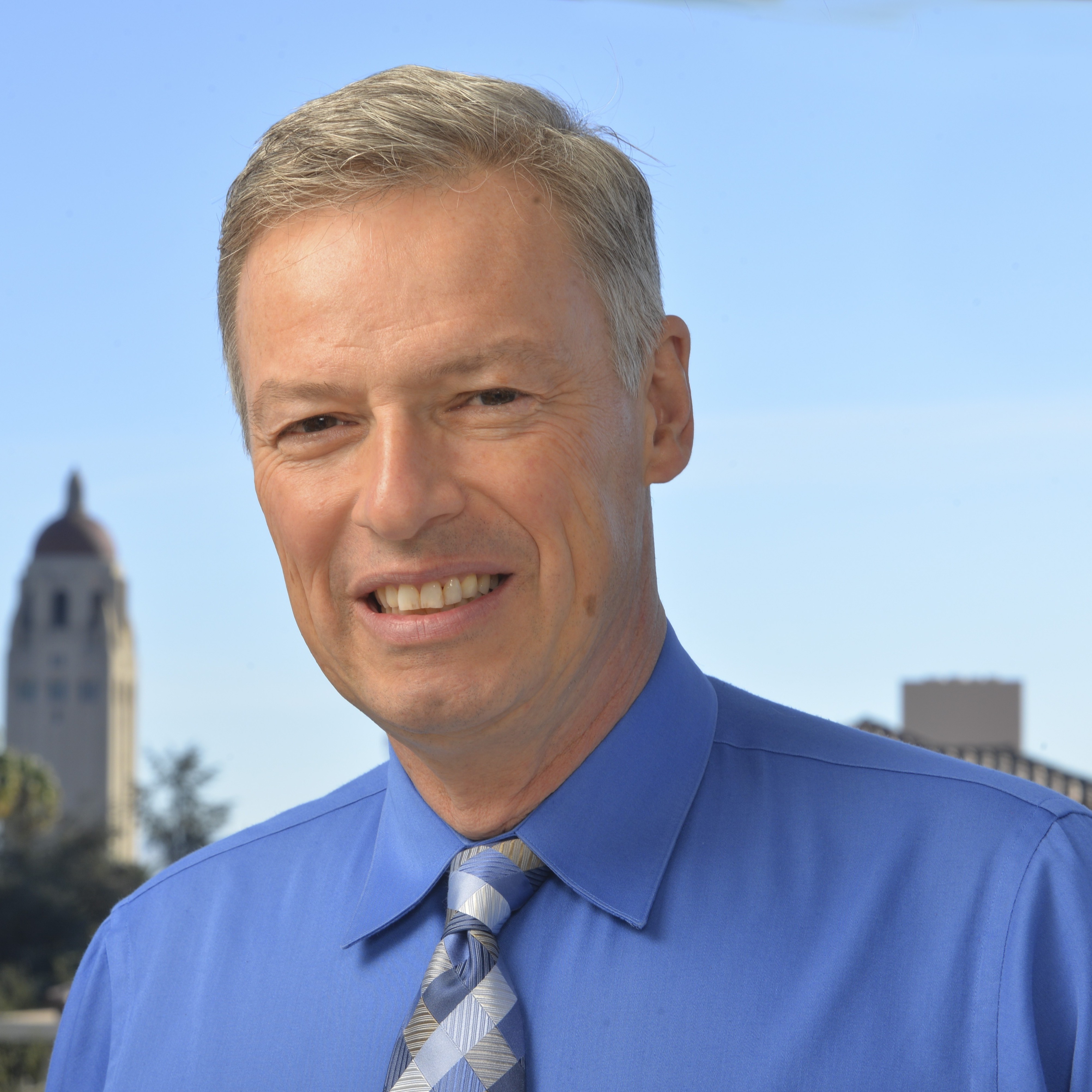
In this 2nd AI4AEC Colloquium we will explore how a range of AI methods can provide the understanding necessary to create and improve models of the physical and temporal interactions across different scales to support AEC professionals in reusing buildings. Our exploration will take place in several online sessions on several dates that focus on building and space reuse and repurposing at the building, urban, land scales. In each session, three invited speakers from different backgrounds will present their perspective on the matter, followed by a discussion. The session will end with a leading expert keynote speaker. Session 1 focused on the building scale and Session 2 on building reuse in urban contexts; Session 3 will focus on building and infrastructure reuse in regional contexts with Stefan Holy, the Deputy Prime Minister of the Slovak Republic, being the keynote speaker.

